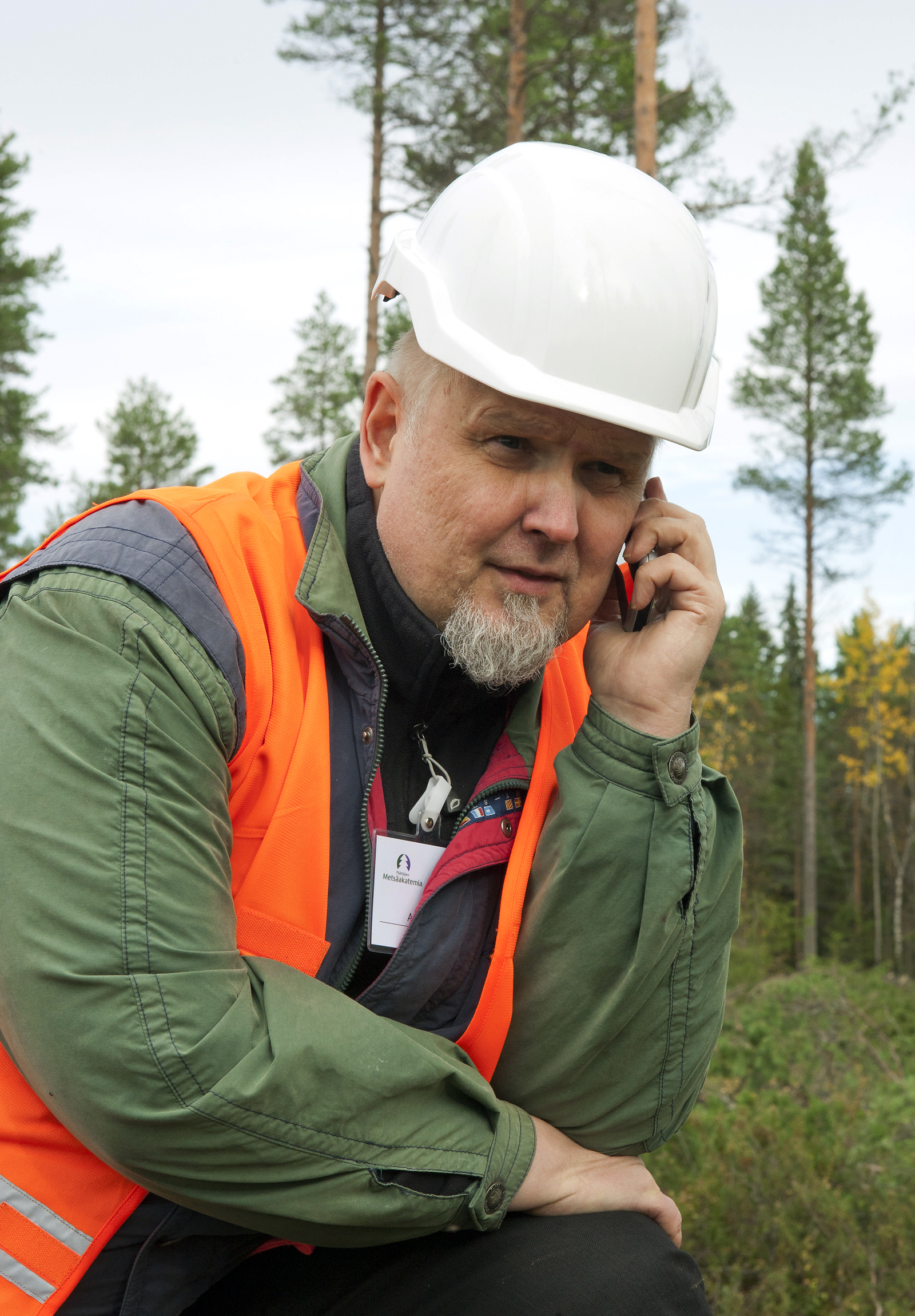CERES develops high-value products from forest biomass – forest sector’s share of GNP would double and climate would benefit, too

Aalto University and VTT Technical Research Centre of Finland are studying forest biomass to develop novel products which could double the value of Finnish forests by 2050. The Academy of Finland has selected the CERES project as one of its flagship projects and is financing it.
Last spring VTT studied how Finland could succeed in attaining its climate goals for 2050, by researching different pathways into the future. Of these, the CNS (Carbon Neutral Scenario) pathway would decrease Finland’s greenhouse gas emissions by more than what is the average in the European Union. In the BioEco pathway the goals were, in addition to goals in the CNS pathway, low-carbon economy, better utilization of forest and agriculture biomasses and strict criteria for sustainability.
“In the BioEco, the goal is to minimize the use of biomasses for energy production and maximize their use in high value-added products based on new materials,” says Kristiina Kruus, Research Professor at VTT.
Numerous companies involved
The CERES flagship project will run for eight years. Its ideas are still a long way from practical implementation.
“They are visions, yes, but they will become real as we work on them. One of the reasons why I believe in this is that even at the stage of applying for finances, 20 different organisations committed to supporting the project,” says Kruus.
According to Kruus, the supporters include several important major companies, and, after the application was submitted, more have joined in. “Industry has shown great enthusiasm for the project, and this, of course, is a precondition for the project to result in actual production,” says Kruus.
The BioEco pathway would lead to the creation of novel industrial ecosystems. The role of the use of forest biomass in the national economy is illustrated by the fact that where the CNS would reduce the share of the forest sector of the national economy, the BioEco could even double the share by 2050.
The BioEco could also double the added value produced annually by the Finnish forest industry from the current sum of EUR 14 thousand million by 2050, provided that high-value bioproducts and the market for them develop sufficiently.
The new solutions would also create growth in the agricultural sector, though less than in the forest sector.
Novel factories to be seen
Instead of paper machines we will be seeing factories of a new kind. According to VTT, biomaterials are the plastics of the future, but they could also be much more.
New materials can be developed of lignin, for example, which is a component of wood and has traditionally been used in energy production. New materials based on lignocellulose could be used in household appliances, air and water purification systems, next-generation catalysts, ultralight transport devices and energy recovery systems, packaging, and clothing.
Ali Harlin, Research Professor at VTT, says that textile production, for example, requires many kinds of facilities. “One guess that has been expressed in public and can be argued for is that as soon as in 2030, pulp for textile production could be produced by two or three mills with a combined annual capacity of close to one million tonnes,” says Harlin. To provide a comparison, the annual pulp capacity of the Äänekoski bioproducts mill, opened in 2017, is 1.3 million tonnes.

Harlin thinks that one facility could focus on textile fibres. “Non-woven materials could be produced by several facilities, maybe 100,000-200,000 tonnes annually,” says Harlin.
The same new technologies can also be used for textile recovery. In 2030, one or two facilities would be needed for this purpose, says Harlin, with a combined annual capacity of 20,000 tonnes.
More value for forests
At the moment, forest biomass is only burned for energy in Finland if no other use is possible. Because the research project would increase high-value production, the share of wood for burning would also decrease. To compensate for this, the use of solar and wind energy would increase.
At the same time this would also increase the value of forests. VTT estimates that the value of forest and agricultural biomass could double by 2050, if utilized for high-value products.
The Academy of Finland has granted EUR 9.5 million for the first four years of the CERES research project. Continued funding for the four final years will be considered after an interim evaluation. The total funding needed for the project is EUR 24 million.
Look at the new forest-based economy in the Forest bioeconomy future catalogue
Kirjoita kommentti